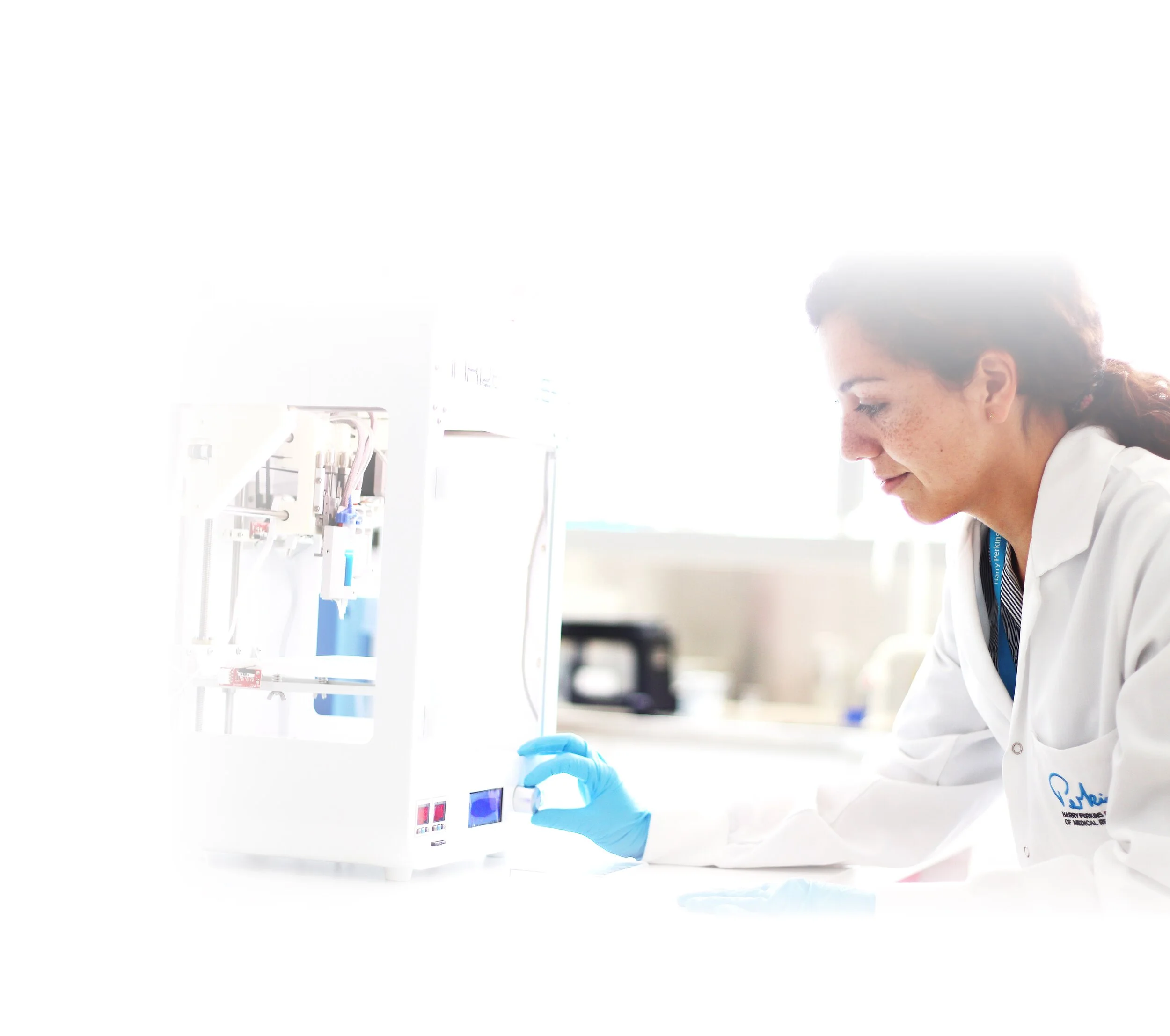Heart Valves
In collaboration with T3mPLATE laboratory, also at Harry Perkins, and other international collaborators, we are working to develop tissue engineered heart valves through a combination of 3D printing and computational modelling techniques.
Heart valves have incredible haemodynamic loads, experiencing in the order of 20 million cycles in a year, and billions over a lifetime. Valvular heart disease is characterised by valves that do not open or close properly, posing a serious health risk with a very high untreated mortality rate.
The current gold standard clinical solution is to implant a mechanical or prosthetic valve. However, these have a finite lifetime and will often require lifelong anti-coagulation therapy. Additionally, congenital heart valve defects present another demographic of patients, for which prosthetic valves are not well suited as they will require multiple re-intervention surgeries to account for the growth of the patient. Tissue engineered heart valves have the capability to remodel and grow with the patient, eliminating many, if not all of the complications associated with current therapies.
Using a multi-faceted engineering approach consisting of cutting edge 3D printing technologies, advanced materials, and computational modelling methods, we are working towards fabricating tissue engineered heart valves capable of revolutionising the replacement of defected heart valves in children and adults.


